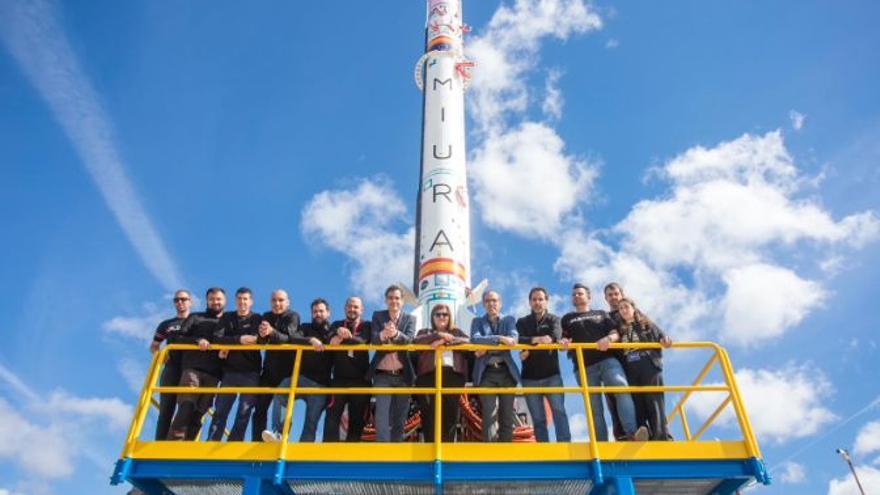MADRID, 13 (EUROPA PRESS)
For the second year in a row, the La Niña phenomenon has been activated in the Eastern Pacific and is expected to remain until at least spring 2022 in the Northern Hemisphere.
As part of the El Niño-Southern Oscillation cycle, La Niña appears when energized easterly trade winds intensify the influx of cooler water from the depths of the eastern tropical Pacific, causing large-scale cooling of the surface of the Pacific Ocean. eastern and central near the equator.
These stronger-than-usual trade winds also push the warm equatorial surface waters westward toward Asia and Australia. This dramatic cooling of the ocean’s surface layers then affects the atmosphere by modifying moisture content throughout the Pacific. This La Niña coupling of the atmosphere and the ocean alters the global atmospheric circulation and can cause changes in the trajectory of mid-latitude jet streams in ways that intensify rainfall in some regions and cause drought in others.
In the western Pacific, rainfall can increase dramatically in Indonesia and Australia during La Niña. Clouds and rains become more sporadic over the central and eastern Pacific Ocean, which can lead to dry conditions in Brazil, Argentina, and other parts of South America and wetter conditions in Central America. In North America, the coldest and stormy conditions are often set throughout the Pacific Northwest, while the weather generally becomes warmer and drier in the southern United States and northern Mexico.
The image above shows conditions in the central and eastern Pacific Ocean observed from November 26 to December 5, 2021 by the Sentinel-6 Michael Freilich satellite and analyzed by scientists at NASA’s Jet Propulsion Laboratory (JPL).
The balloon shows anomalies in the height of the sea surface. Shades of blue indicate lower than average sea levels; normal sea level conditions appear white; and reds indicate areas where the ocean was higher than normal. The expansion and contraction of the ocean surface is a good indicator of temperatures because warmer water expands to fill more volume, while cooler water contracts.
“This moderate intensity La Niña can be seen in the Sentinel-6 data as an area of lower-than-normal sea level along and below the Equator in the central and eastern Pacific,” Josh said in a statement. Willis, a climate scientist and oceanographer at JPL. He pointed out that the deep depression over Ecuador is not the La Niña water body; it is a change in the north equatorial countercurrent, which tends to strengthen during La Niña events.
MORE DROUGHT IN THE SOUTHWEST OF US
“This La Niña is likely to be bad news for the southwestern United States, which should have lower-than-normal rains this winter,” Willis said. “This La Niña may not be a big surprise, but it is still an unwanted sign for an area that is already mired in a major drought.”
The La Niña event that began in late 2020 fits into a broader weather pattern that has been going on for nearly two decades: a cold (negative) phase of the Pacific Decadal Oscillation (PDO). For most of the 1980s and 1990s, the Pacific was trapped in a warm phase of the PDO, which coincided with several strong El Niño events. But since 1999, a cold phase has dominated. The long-term drought in the southwestern United States matches this trend, Willis said.
In a report released on December 9, 2021, NOAA’s Center for Climate Prediction noted that November sea surface temperatures in the eastern tropical Pacific ranged 0.7 to 1.2 degrees Celsius below average. long-term. Forecasters predicted that La Niña conditions would persist through the northern hemisphere winter, with a 60 percent chance that the ocean would return to neutral conditions during the April-June period.

:quality(85)//cloudfront-us-east-1.images.arcpublishing.com/infobae/PFRMRD6ISJBJBFVP5POY3VXCYI.jpg)



